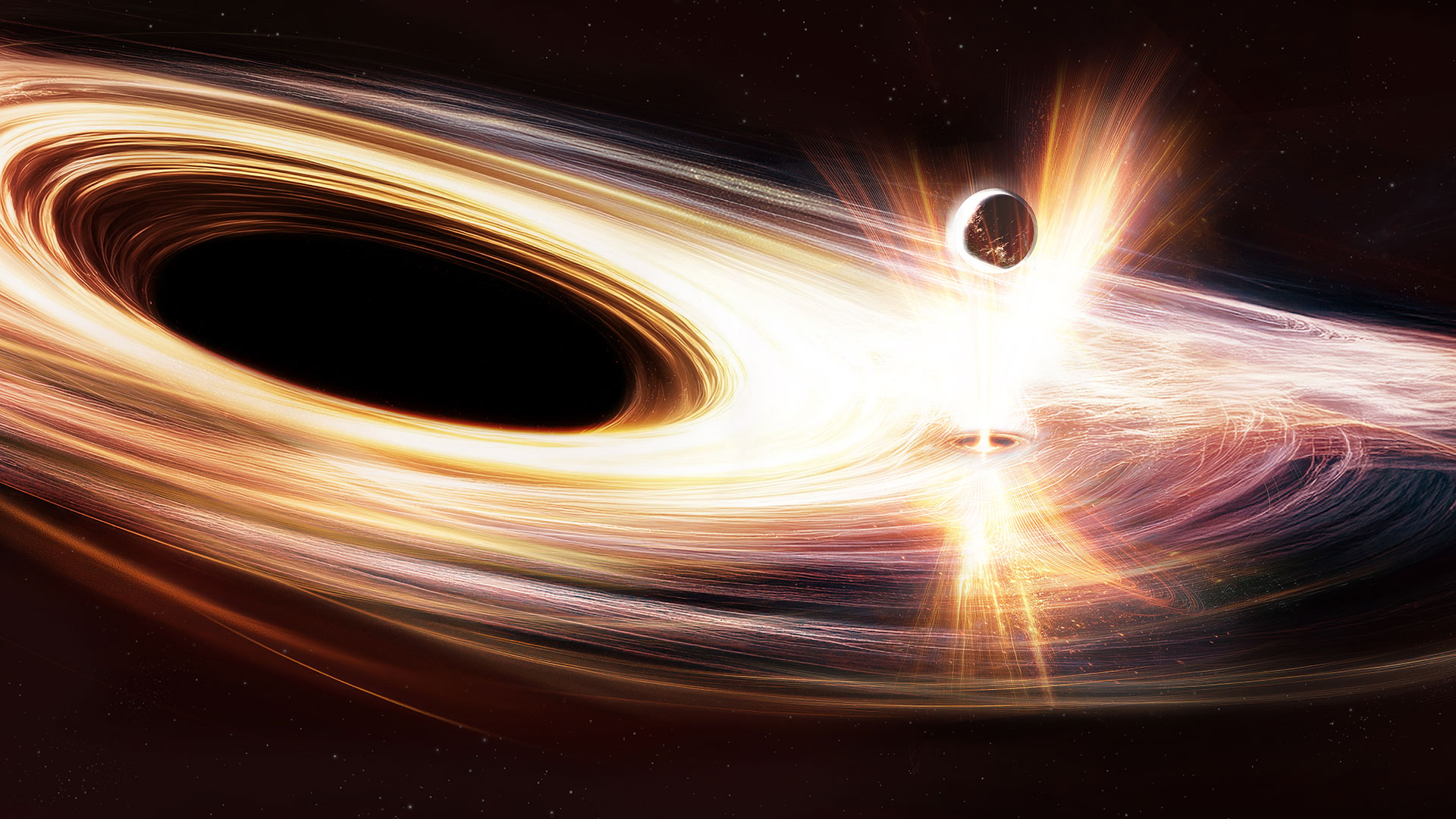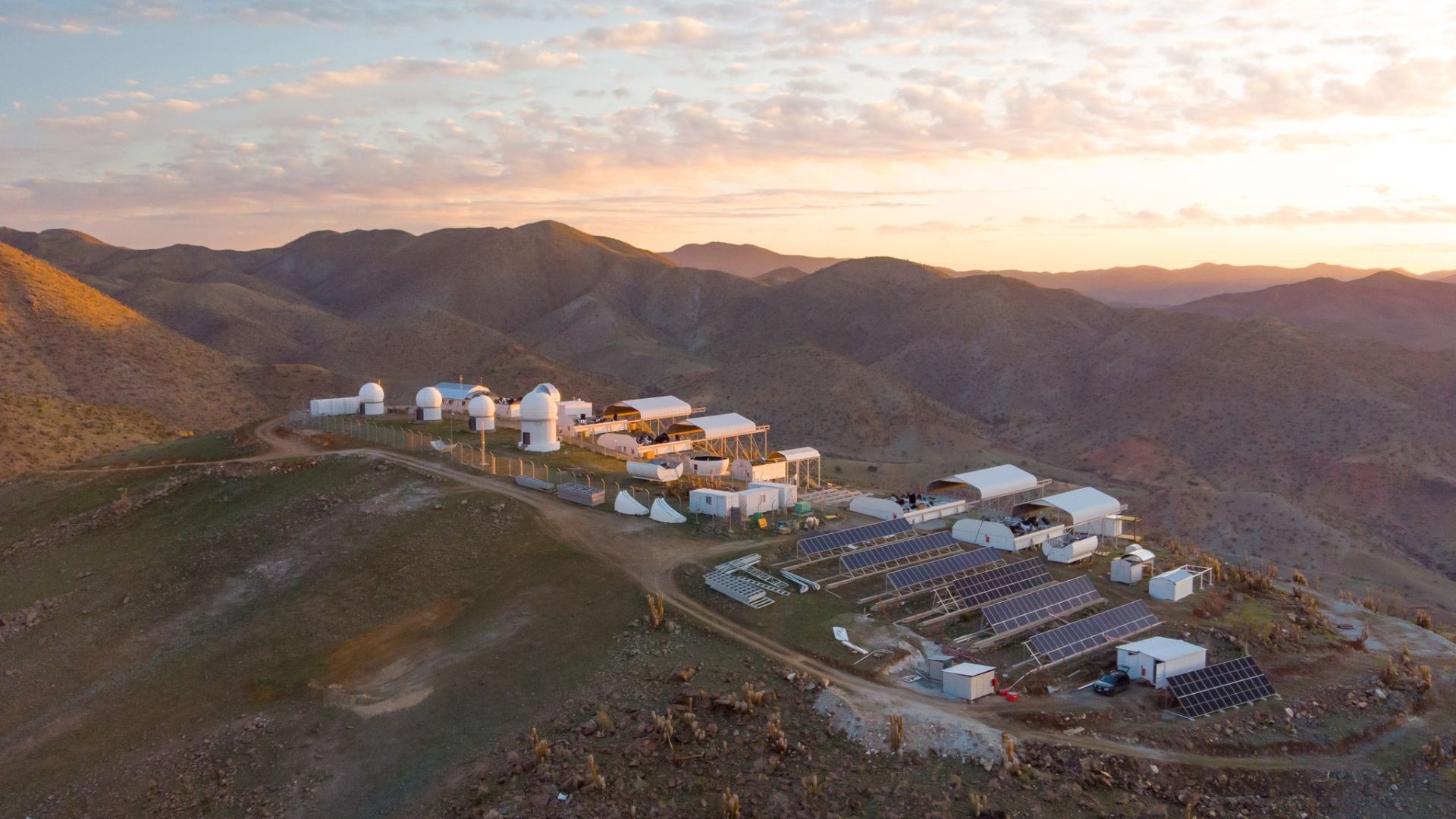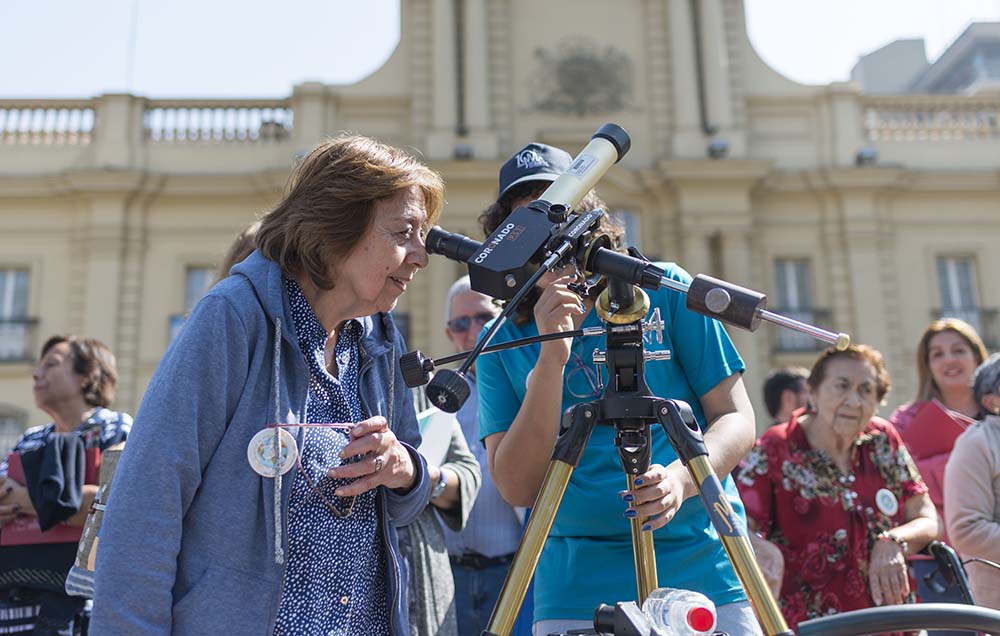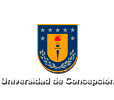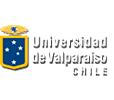
Asteroids, galaxies and other celestial bodies can be captured through S-PLUS Science Hunter, a citizen science project that will be hosted on Zooniverse, the world's leading collective science platform. S-PLUS Science Hunter will use images from the S-PLUS survey, an international collaboration that is mapping the skies over the southern hemisphere.
A new citizen science project has just been launched on the platform Zooniversethe world's leading collaborative scientific research portal. This is the project S-PLUS Science Hunters which seeks to involve the public in the classification and identification of various astronomical objects through the use of images obtained by the project S-PLUS (Southern Photometric Local Universe Survey). This international collaboration aims to map the southern hemisphere sky by analysing some 9300 square degrees of it.
According to the account Carlos E. Ferreira Lopes, young researcher at the Millennium Institute of Astrophysics MAS, professor at the University of Atacama and leader of the project, S-PLUS Science Hunters aims to improve the automatic astronomical image detection algorithms used by S-PLUS through the collaboration of the public. "We hope to build a robust training dataset from these classifications. The results will enable significant scientific advances in areas such as asteroid identification, galaxy evolution and the discovery of rare astrophysical phenomena," explains the astronomer.
How does it work?
Users from all over the world and no prior knowledge required can participate in the project. The first step is to create a user on Zooniverse.org, which is very easy and free of charge. By logging in to S-Plus Science Hunters, you will have access to a tutorial, available in English, Spanish and Portuguese, which explains step-by-step how to do the classifications. "This tutorial allows people of all ages and nationalities to contribute to the project," says Ferreira.
Through this guide, users will be provided with example images showing what the different objects to be classified should look like. Using this information and comparing them with images obtained by S-PLUS, users will have to identify asteroids, galaxies, objects that emit in H-Alpha, also known as "green objects", and other types of objects for which no further information is available, known as "exotic objects".
"These classifications will have a direct scientific use. They will be used to build machine learning models that will help us to identify astronomical objects of interest. In addition, the results obtained from this citizen work will be published in a scientific article".
Team behind Science Hunters
The project is led by MAS-UDA researcher Carlos Ferreira Lopes and counts with the collaboration of data scientists and experts in science education and outreach of the S-PLUS project such as astronomer Arianna Cortesi from the Observatorio do Valongo of the Federal University of Rio de Janeiro, the principal investigator of the S-PLUS project, Claudia Mendes de Oliveira from the Institute of Astronomy, Geophysics and Atmospheric Science of the University of Sao Paulo, the master student from the University of La Serena Valentina Contreras, together with the entire team of S-PLUS researchers who provide support in the observations and data reduction. In addition, Zooniverse provides technical support for the implementation of the platform.
S-PLUS Science Hunters will be available from 8 October and its closure period is estimated in the first half of 2025, depending on how the milestones the team has defined for the project are achieved and the number of rankings achieved by users.
